Which microphone should I buy?
Once you’ve chosen a good spot to record, you’ll need a microphone.
Choosing a microphone can be a dangerous rabbit hole to start down. Unless you have time to become an audio geek, the sheer number of mic specs to get your head around can bury you.
From our surveys, there are more than 250 different models of microphone used by existing podcasters, each with a different price point and configuration of specs. So, how do you separate out the perfect mic for your needs from this enormous blob of choice?
Frankly, what microphone you choose doesn’t matter too much, particularly in your early days of podcasting. While the dream of every new podcaster is to record with state-of-the-art equipment, your show’s chances of success depend on much more than the mic you use.
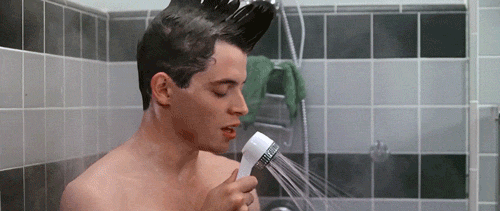 How To Start A Podcast.
How To Start A Podcast.
Of course, you don’t want to sound terrible, either, so what follows is a breakdown of microphone setups by complexity and price point. As well as this, WhatPods also has its countdown of the 20 most popular microphones for podcasting, as voted by thousands of hosts:
 WhatPods’ list of the 20 most popular microphones for podcasting. How To Start A Podcast.
WhatPods’ list of the 20 most popular microphones for podcasting. How To Start A Podcast.
Level one — Phone or computer microphones (Free)
The cheapest solution is your in-built phone or computer microphone. Alison Green, the host of the Ask a Manager podcast, has recorded all the episodes of her show with her phone’s mic. And, as you can hear, it doesn’t sound too bad, nor has it hampered her show’s popularity.
The beauty of the phone mic over the computer mic is its proximity to your mouth, which means it does a good job of isolating your voice. So, unless you plan to hold your laptop up to your face, we recommend you use your phone mic over your computer mic. That said, with the phone mic you have to be careful of the popping that can occur when you speak too sharply into it.
If you’re an iPhone user, and you want to upgrade from the phone’s internal mic, you can also consider buying a dedicated iOS microphone like the Shure MV88, which retails for about $150.
Level two — USB microphones ($50-$250)
If you’re not satisfied using your phone or computer microphone, the next step up would be a USB microphone. The popular USB mics range at a cost of between $50 and $250.
For context, you’ll see two main types of microphone on the market: XLR and USB.
USB mics are simple because they connect to your computer via a USB cable, whereas XLR mics need to pass through a device, like an interface, before connecting to a computer via USB.
If you’re in the market for your first microphone and you hadn’t known the difference between an XLR mic and a USB mic until now, you’re best bet is to go with a USB option. XLR microphones can be complicated to setup and use, whereas USB mics are super simple.
You might be drawn to an XLR mic that’s cheaper than a USB mic, but when you buy an XLR mic you’ll also need to buy a mixer or interface to connect into, so the overall cost can be higher.
The five most popular USB podcasting microphones on the market are:
Click here to see all the popular USB models.
Level three — XLR microphones ($100-$400)
As we said, above, XLR microphones are a little more complicated to setup than a USB microphone, and they’ll end up costing you more. But they do have their advantages.
For starters, because equipment manufacturers have been making XLR microphones for decades longer than USB microphones, there are tons available, with a huge variety of specs.
Also, because XLR is a superior connection type to USB, XLR microphones generally have a superior sound, though the difference is minimal to the untrained ear, particularly in podcasting.
And because XLR microphones connect to your computer via a recorder or an interface, which generally come with multiple XLR ports, they allow you to record with multiple microphones.
If you’ve been podcasting for a while and you’re looking to upgrade your equipment and/or you’re a competent AV guru, then buying an XLR microphone might be the right choice for you.
The five most popular XLR podcasting microphones on the market are:
Click here to see all the popular XLR models.
If you do decide to buy an XLR mic, you’ll need a device that converts the analogue audio from the mic into digital audio, which can be uploaded to your computer. Your options for that are:
- A portable XLR recorder, which captures the audio on a memory card, for it to then be uploaded to your computer (like these ones); or,
- An audio interface or mixer, which act as a middleman device to connect your analogue XLR microphone to your computer via a USB cable.
If you’d like to learn more about microphones, go here: Types of Microphones.
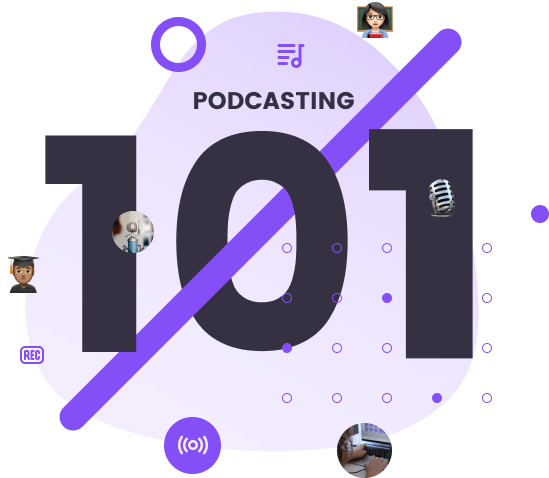
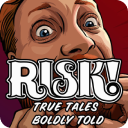








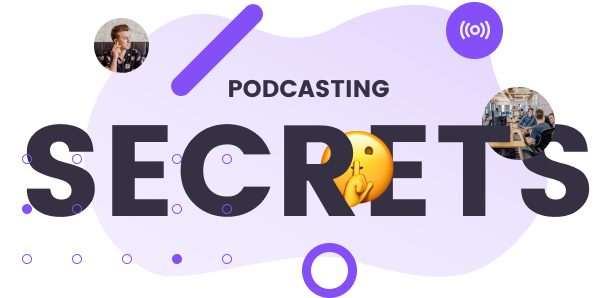

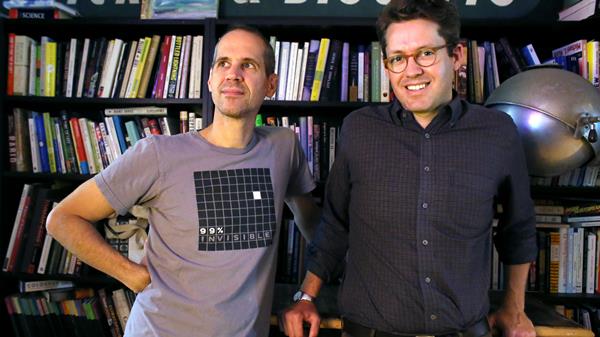 Alex Blumberg and Matthew Lieber. Source:
Alex Blumberg and Matthew Lieber. Source: 
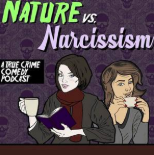
 Joe Rogan Experience
Joe Rogan Experience  Joe Rogan Experience. Source:
Joe Rogan Experience. Source: 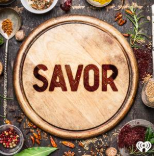
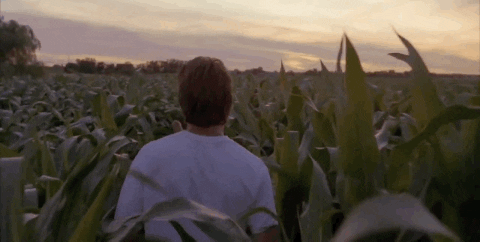 How To Start A Podcast.
How To Start A Podcast.


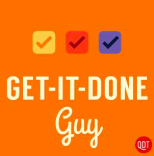
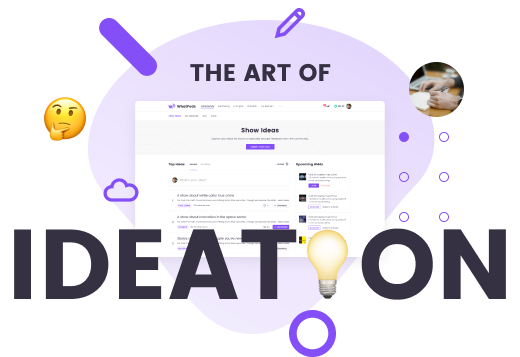
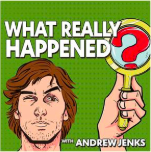
 How To Start A Podcast.
How To Start A Podcast.
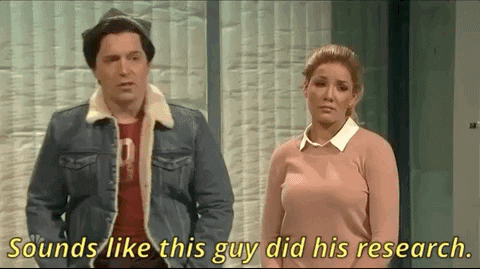 How To Start A Podcast.
How To Start A Podcast.
 How To Start A Podcast.
How To Start A Podcast.
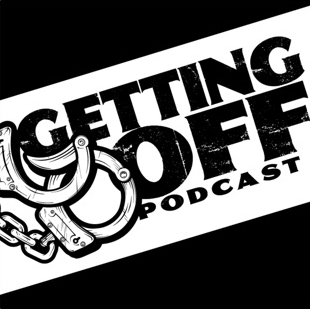
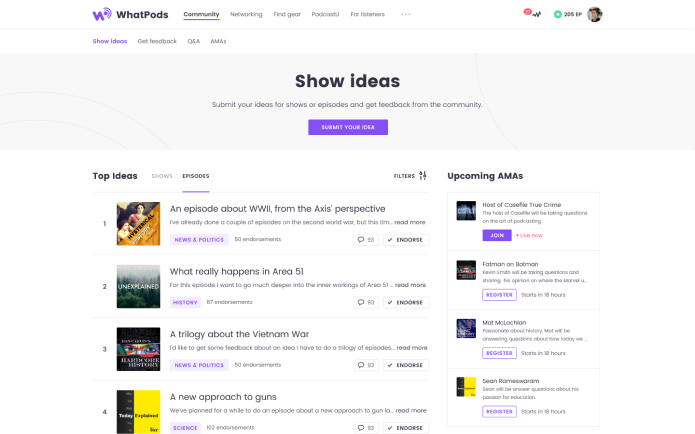
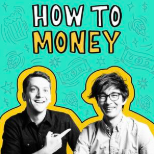
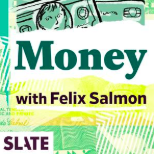

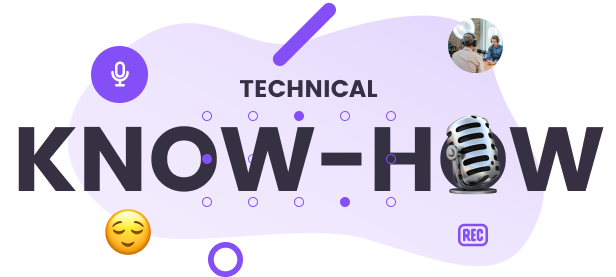
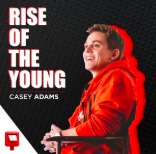
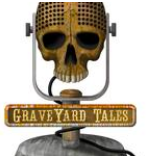
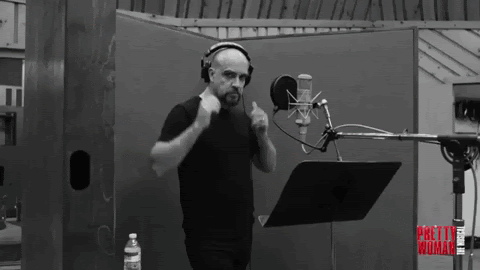 How To Start A Podcast.
How To Start A Podcast.
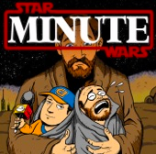
 How To Start A Podcast.
How To Start A Podcast.
 WhatPods’ list of the 20 most popular microphones for podcasting. How To Start A Podcast.
WhatPods’ list of the 20 most popular microphones for podcasting. How To Start A Podcast.










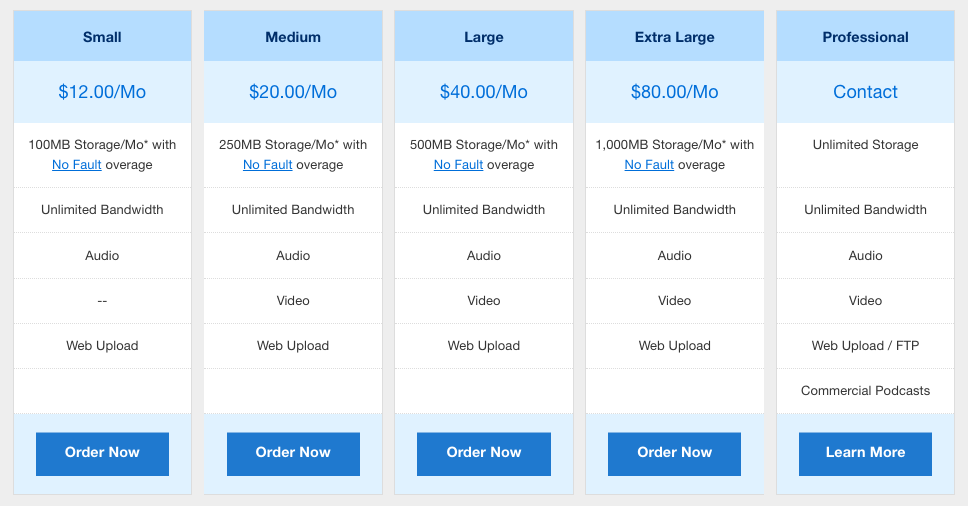 Blubrry’s pricing model, based on fresh monthly allocations of storage. How To Start A Podcast.
Blubrry’s pricing model, based on fresh monthly allocations of storage. How To Start A Podcast.

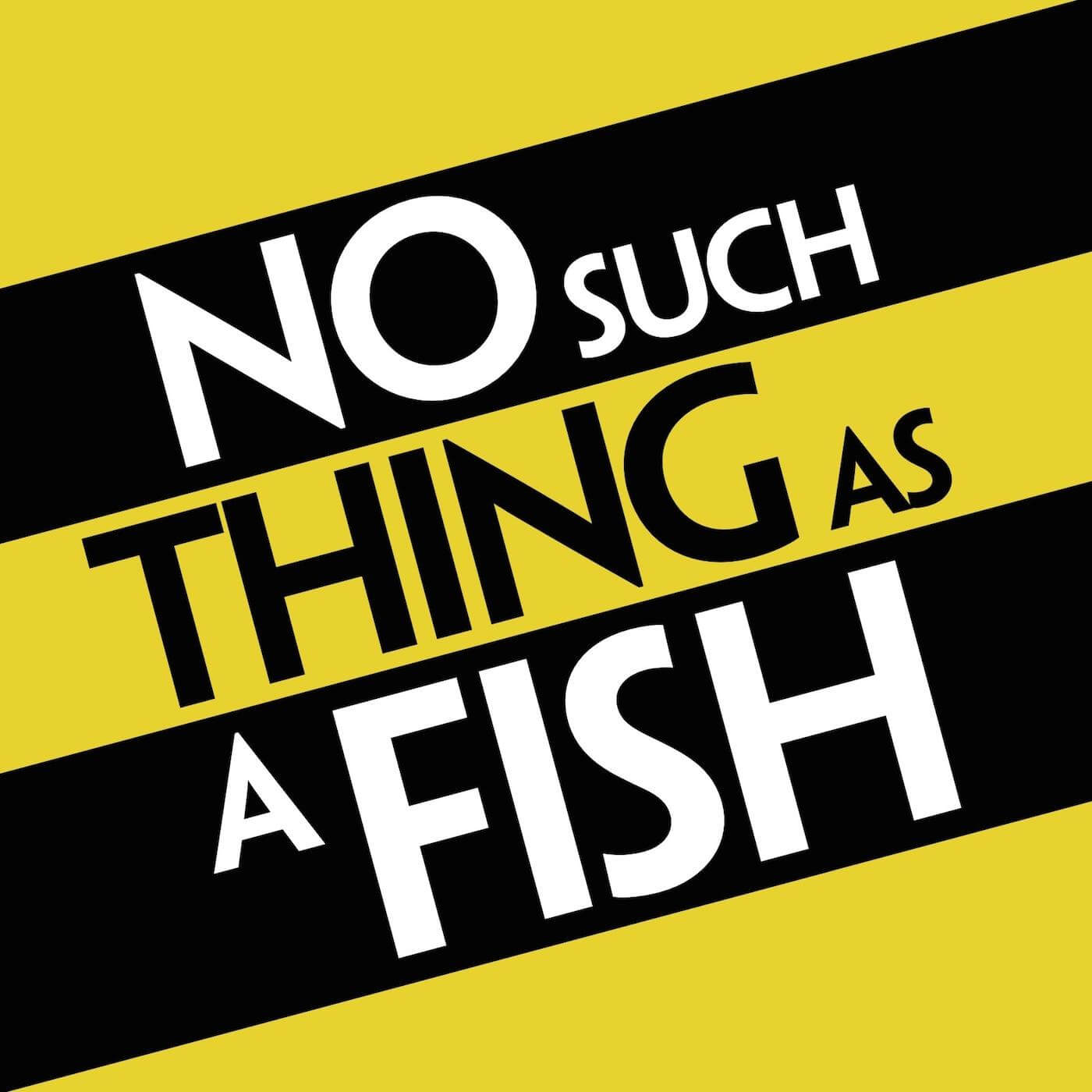
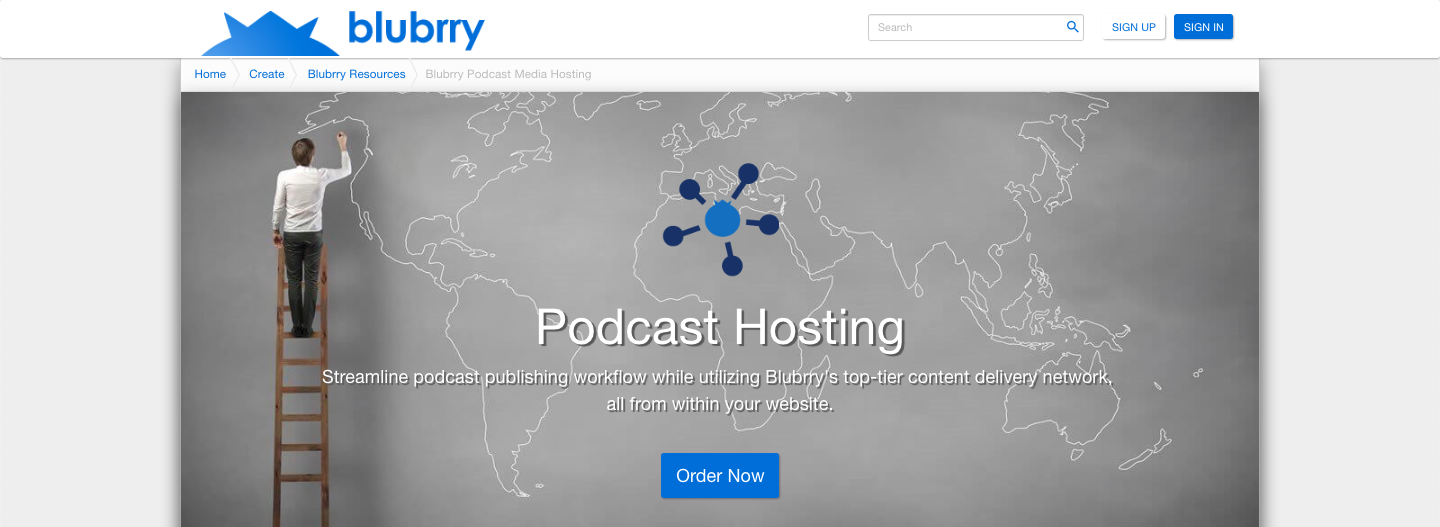
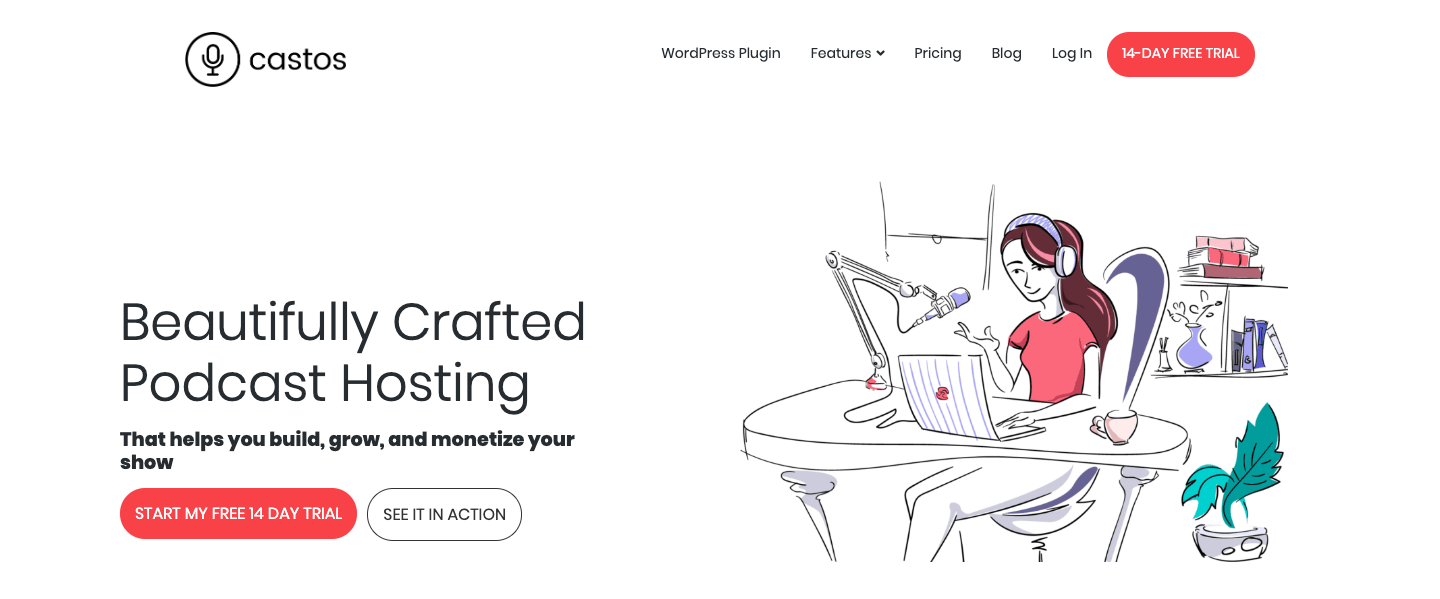



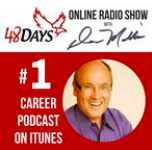
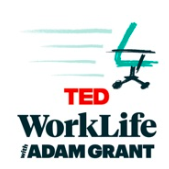
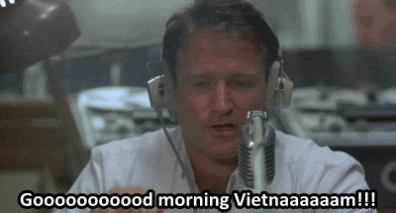 How To Start A Podcast.
How To Start A Podcast.
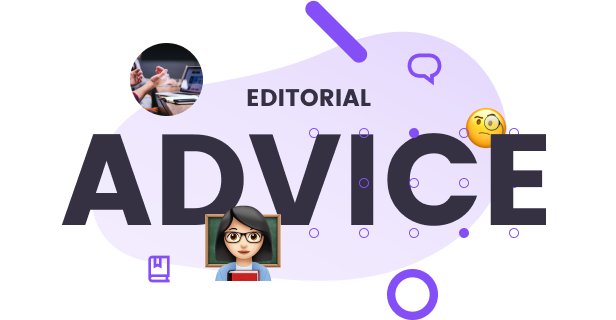
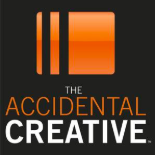
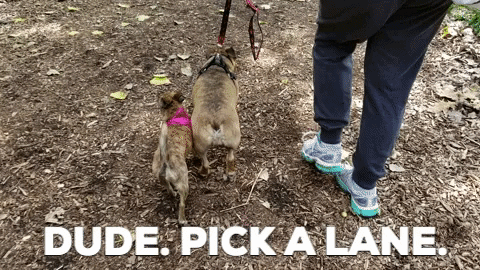 How To Start A Podcast.
How To Start A Podcast.
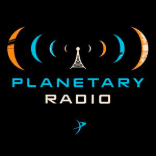
 How To Start A Podcast.
How To Start A Podcast.
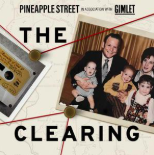
 How To Start A Podcast.
How To Start A Podcast.

 How To Start A Podcast.
How To Start A Podcast.
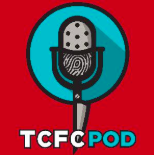
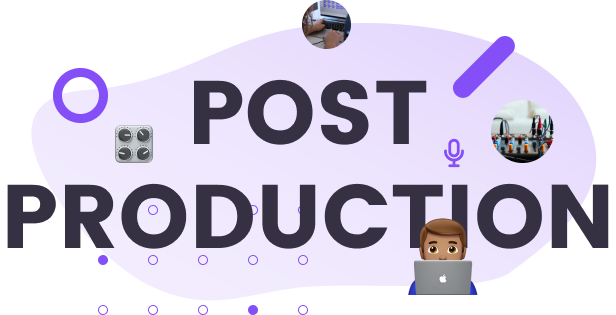
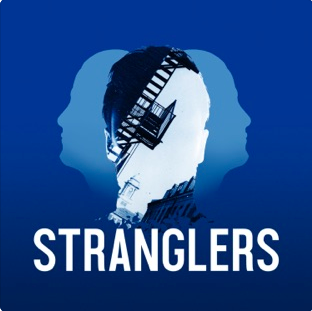
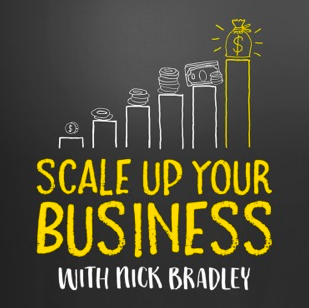
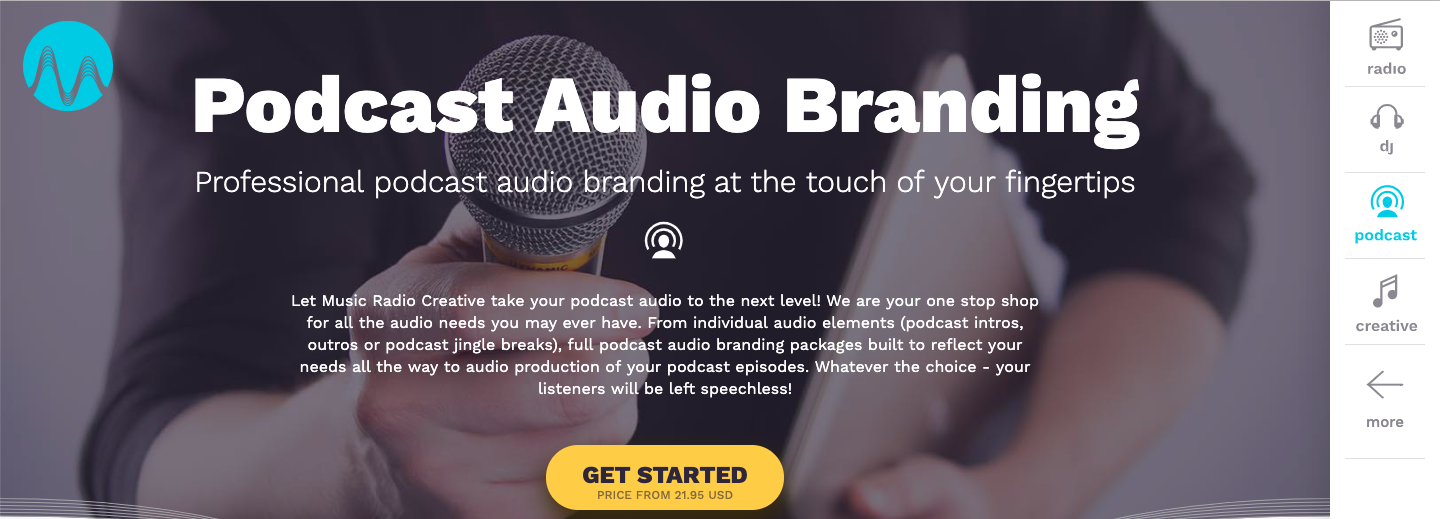

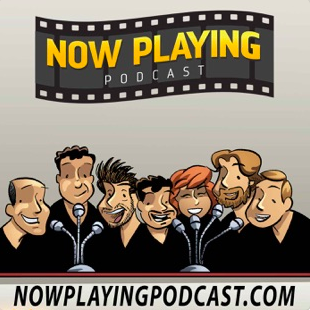


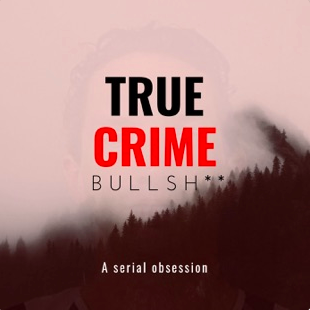
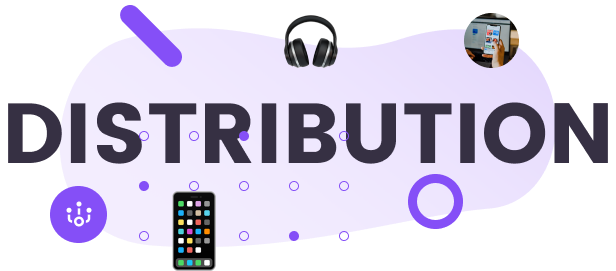
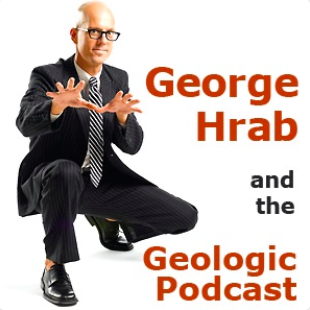
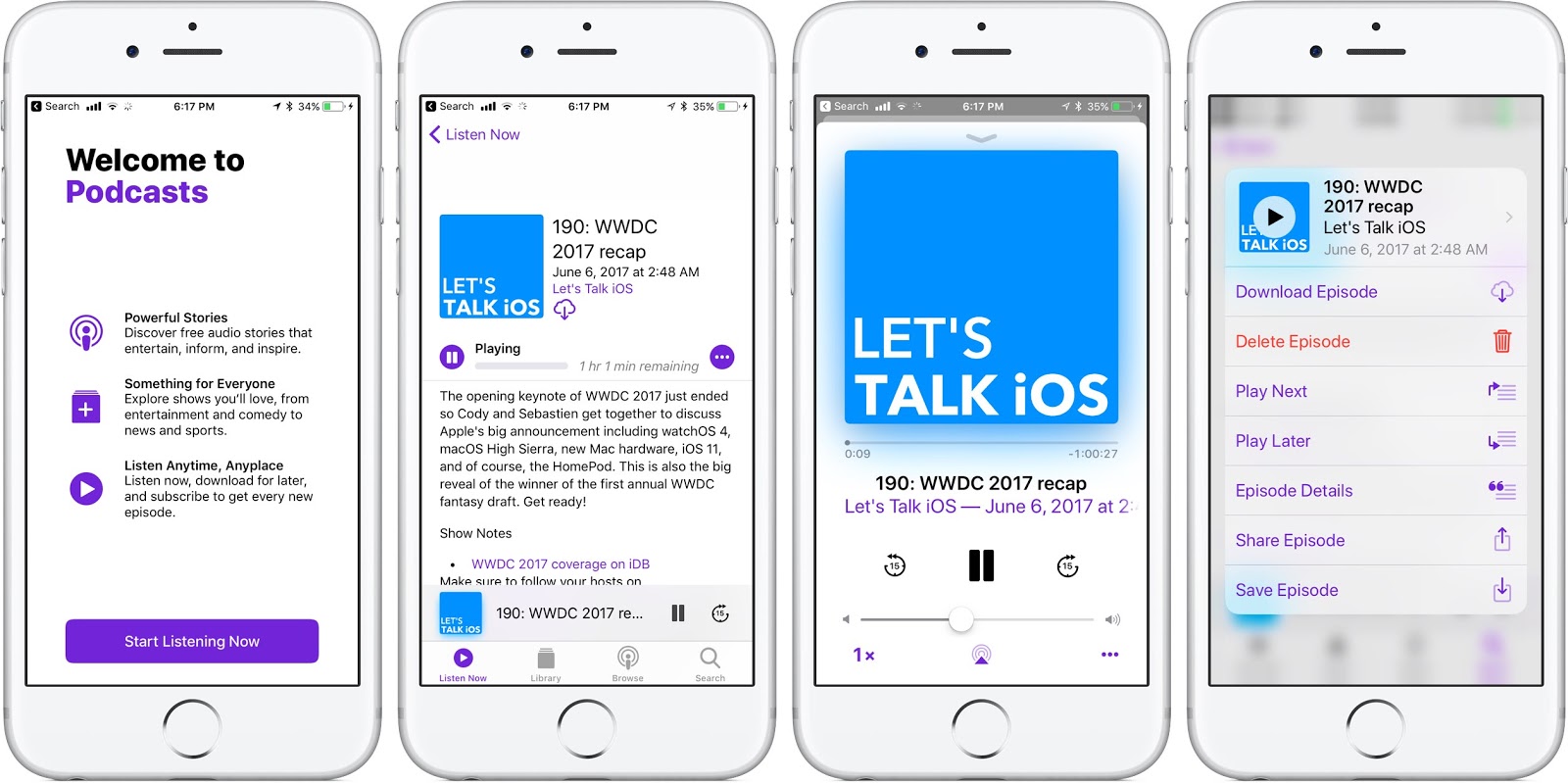
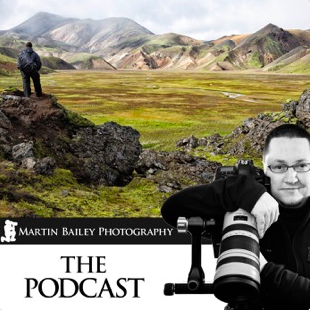
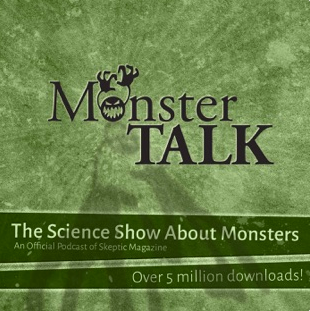
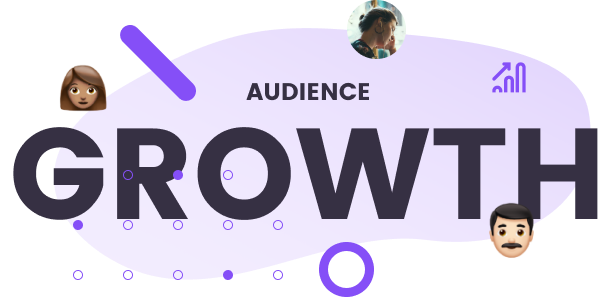
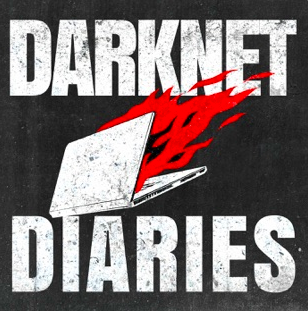
 How To Start A Podcast.
How To Start A Podcast.
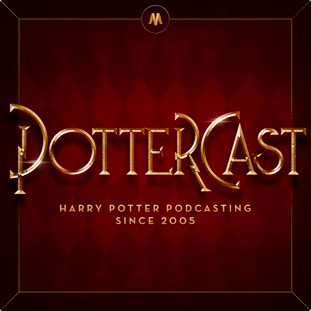
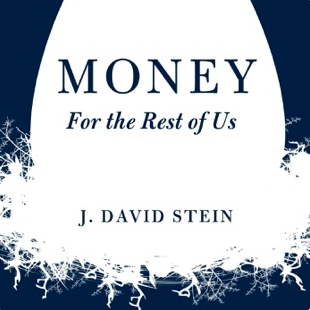
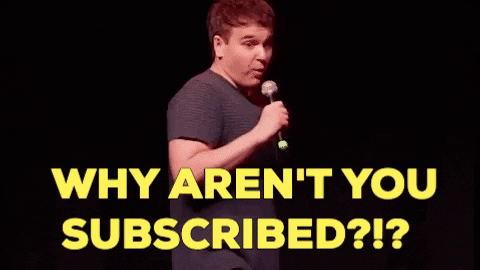 How To Start A Podcast.
How To Start A Podcast.

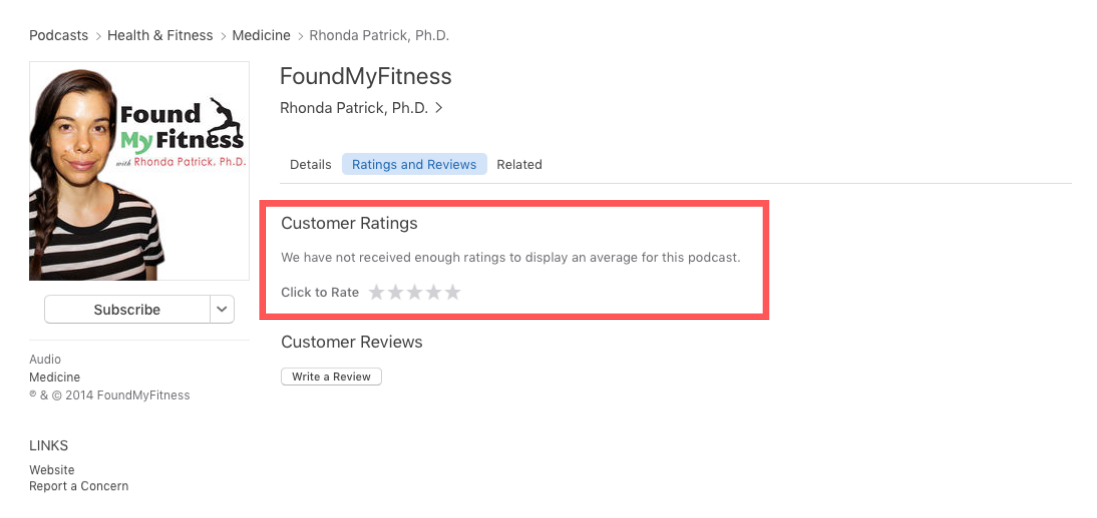
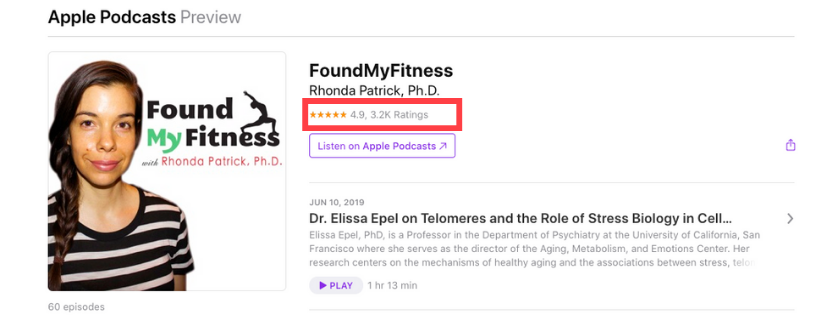
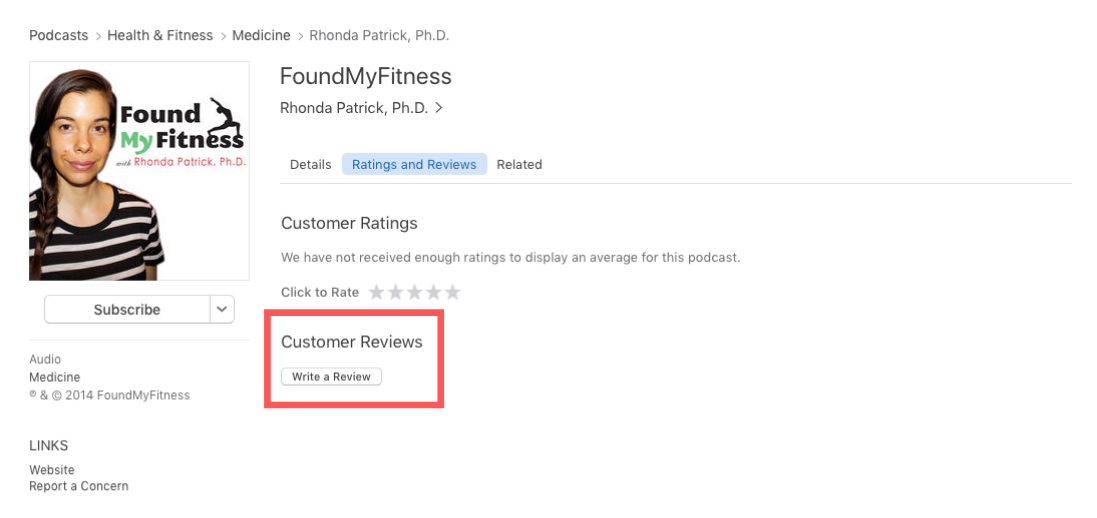
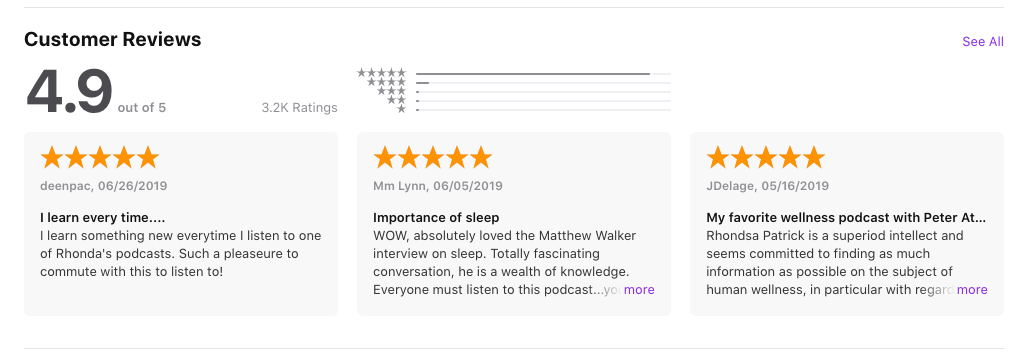
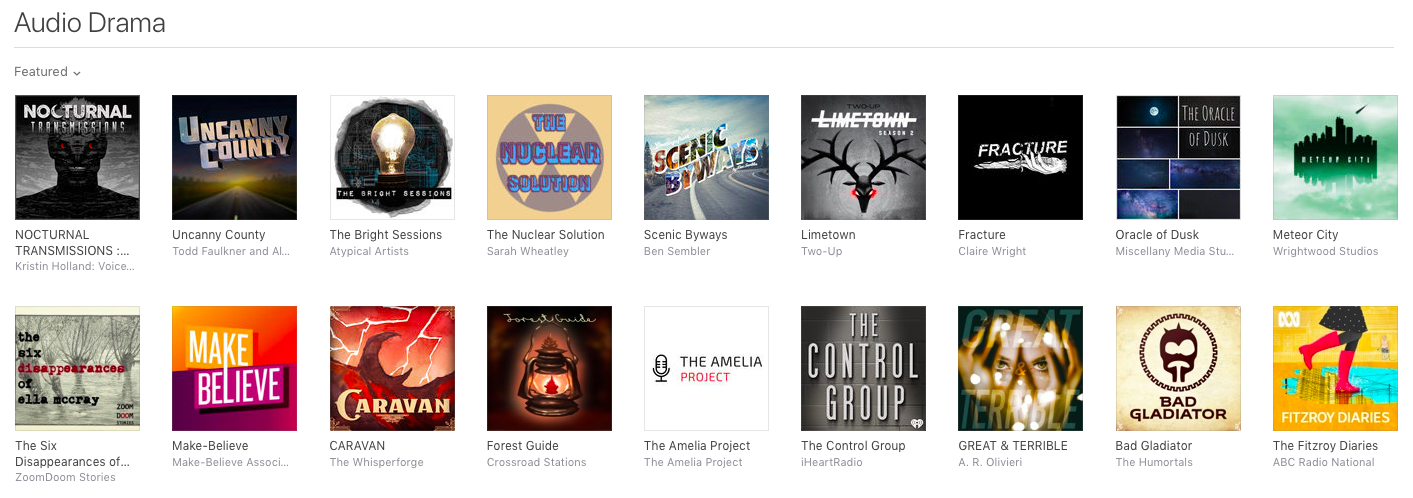
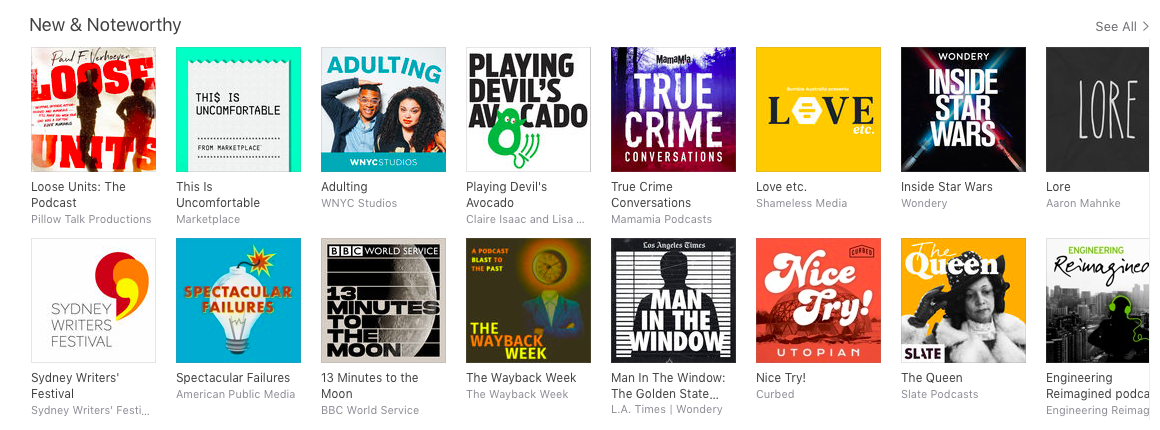
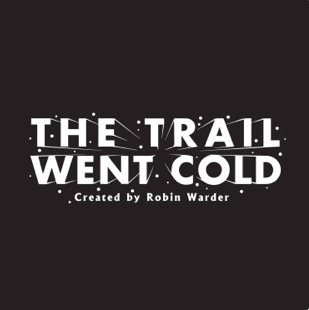

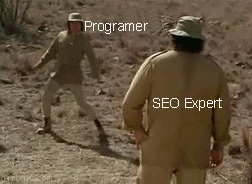 How To Start A Podcast.
How To Start A Podcast.
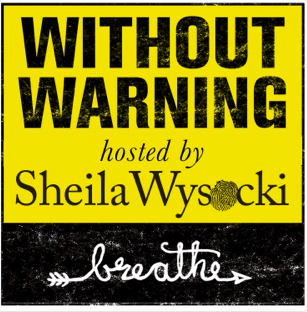
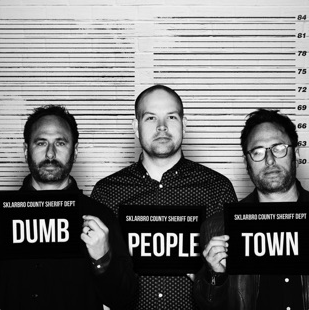
 you’ve been subscribed.
you’ve been subscribed. 



